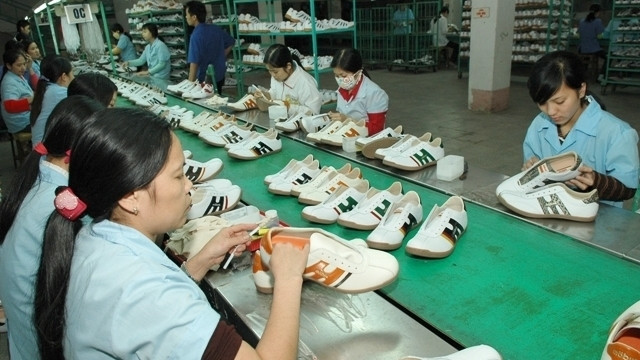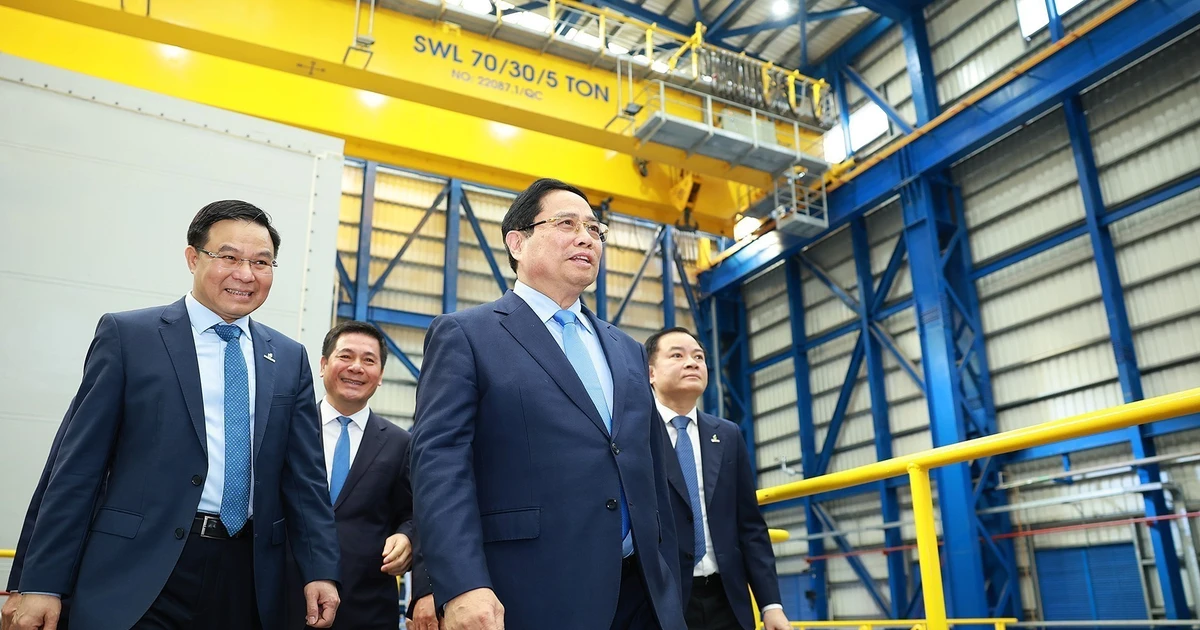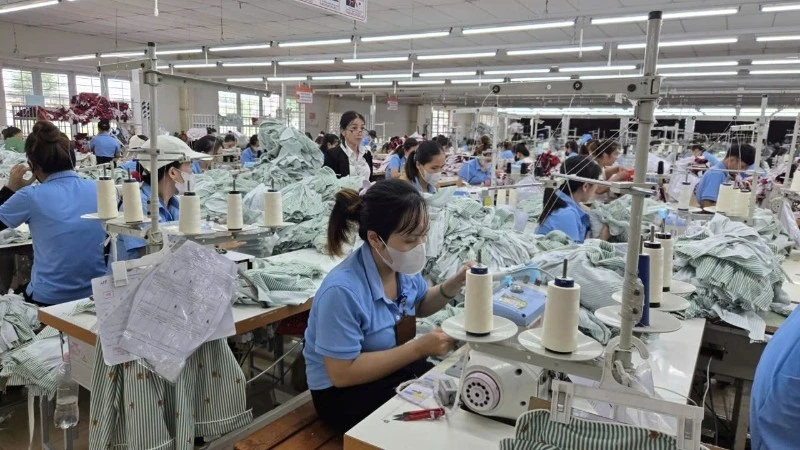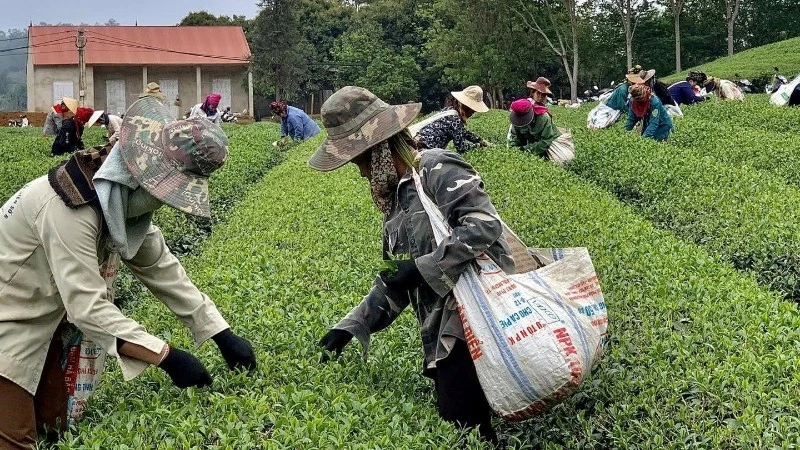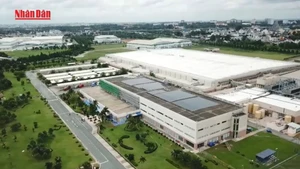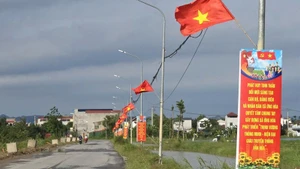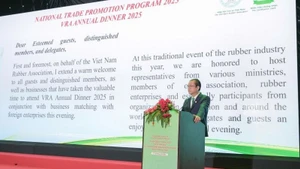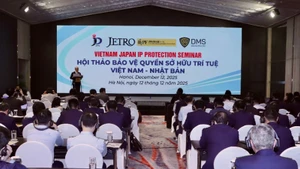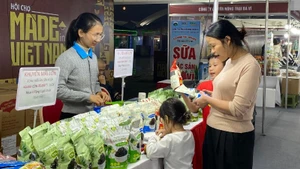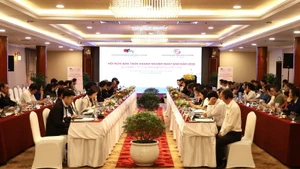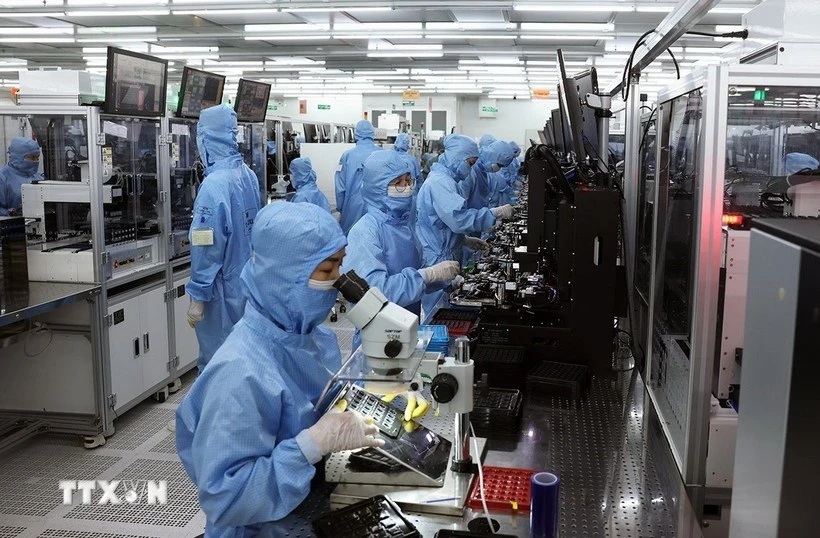A TPP without the US will cast a shadow over the potential tax cuts and, to a certain degree, affect Vietnam’s chance of boosting exports of leather and footwear products to the US which is currently one of Vietnam’s largest markets. Vietnamese-made handbags are exported to 40 markets, of which the US accounts for the largest proportion at 41.6%.
But such concerns seem unfounded as the incentives for the sector are bound to increase even if the TPP is not materialised.
Firstly, Vietnam’s leather and footwear industry is fairly competitive thanks to the country’s economic, political and social stability in addition to its abundant supply of cheap and highly-skilled labour. Vietnam is currently the third largest footwear maker in Asia and fourth in the world, accounting for about 10% of the global market. Leather and footwear products are also a key export of Vietnam, contributing 10% of total export revenues.
In 2016 Vietnam’s revenues of footwear and handbag exports reached US$16.2 billion, up 8.8% from the previous year and the figure is expected to hit close to US$18 billion in 2017 and US$54 billion by 2030. The structure of exports has also seen improvement as high-value products are currently making up 10%, up from the previous 5%.
Secondly, Vietnam has established a firm position among exporters to the US. Despite an imposed average tax rate of 14.3% since 2011, Vietnam’s footwear exports to the US have increased by 20-21% a year and the country now accounts for 10% of the US market. In 2013 the US’s largest sportswear producers had 42% of its shoes made in Vietnam, compared with 30% in China and 25% in Indonesia. Vietnam has also been selected as a manufacturing base for many Japanese companies, supplying more than 30% of annual shoe demand to the world’s third largest economy.
Thirdly, Vietnam’s leather and footwear exports to the EU are larger than that of the US, at US$3.6 billion in 2014 compared with US$3.3 billion to the US. Vietnam currently produces 920 million pairs of shoes each year and exports over 800 million pairs to over 50 markets around the world, of which the EU is the largest market.
Free trade agreements with the Republic of Korea, the Customs Union of Russia, Kazakhstan and Belarus in addition to an agreement with the EU to take effect in the future, are opening new windows for Vietnam’s leather and footwear industry thanks to large tariff cuts, easier access to technology and lower input costs. In addition, Vietnam’s leather and footwear sector remains the beneficiary of support projects from the EU, UNIDO, SWITCH Asia and CBI.
Fourthly, the formation of the ASEAN Economic Community (AEC) has created new conditions to stimulate Vietnam’s leather and footwear industry. Although sharing many similarities with Indonesia, Malaysia and Thailand, Vietnam has plenty of competitive advantages such as highly-skilled workers and cheap labour, so the prospects for AEC expansion are fairly bright.
In addition, the community affords Vietnam an opportunity to cooperate with other countries in the region to develop materials and form new supply chains, thereby helping to reduce investment costs, increase productivity, reduce the ratio of imported materials, raise added values and contribute to maintaining market shares in the US, EU and Japan.
Fifthly, Vietnam is negotiating the Regional Comprehensive Economic Partnership, a trade agreement which includes ten ASEAN countries, China, India, Japan, the ROK, Australia and New Zealand, and is expected to be finalised in 2017. Although the agreement’s contents and scope are smaller than the TPP’s, it is also expected to stimulate trade across Asia and encourage investment in new supply chains and increase the region’s appeal as a common production base.
In addition, during the TPP negotiation process, many positive impetuses have come from a change in the mind-set of the central leadership, civil servants, business owners, workers and the general public on integration. Vietnam has never seen such rapid and sweeping reforms since 2013 with more than 100 laws adopted and another 30 laws being discussed, which has significantly improved Vietnam’s business climate as recognised by many international organisations. A number of companies in various sectors such as footwear, seafood, timber and garments have also actively increased investment, reformed corporate governance and restructured themselves.
Moreover, Vietnam’s leather and footwear sector has come to realise its weaknesses and is working to raise the domestic content to 60% to meet the strict rules of origin in the trade agreements that Vietnam has signed. Currently domestic content is only 40-45%, mainly seen in secondary components such as soles, sewing threads and fabric for low-grade casual shoes while the majority of machines and materials must be imported to produce premium-quality shoes and leather products.
In the global supply chains of giant manufacturers such as Nike and Adidas, Vietnamese companies are at a passive position as they are only outsourced companies and their production heavily relies on the outsourcers’ orders. Vietnam is faced with a paradox where it is a powerhouse of leather and footwear products but domestic enterprises are being overwhelmed both at home and abroad.
Currently there are about 800 enterprises in this sector in Vietnam, of which the foreign-invested enterprises account for only 23% but contribute 65% of export revenues. The domestic market, which consumes 180 million pairs of shoes worth US$5 billion a year is also dominated by foreign enterprises where Chinese ones control the segment of cheap products and other foreign brands rule the high-end segment.
Such a challenging situation requires Vietnamese enterprises to be more proactive to deal with the shortage of funds, technology and senior staff, as well as low management capacity and poor labour productivity. They also should pay more attention to research and market analysis, standardise quality, increase staff training, form supply chains between domestic enterprises, meet rules of origins and the requirements of environmental protection, labour and technological processes.
In conclusion, Vietnam’s leather and footwear sector will continue to reform and integrate further into the global economy thanks to institutional reforms, restructuring efforts and internal potentials of enterprises, whether the TPP is present or not.
